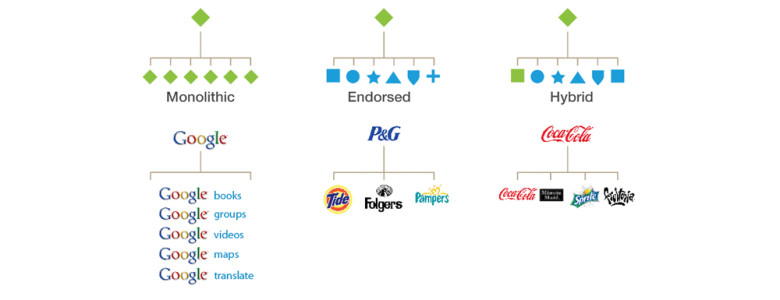
Branding, as it stands today is quite critical for any product being launched. Depending on which organization it is coming from, a good branding strategy can either help a brand stand out from the rest of the products launched by the company or stand very much among them while communicating a story in complete synchronicity.
This can be distinctly understood by the two methods of branding discussed below: Individual Branding and Umbrella Branding.
Individual Branding

When an organization launches a myriad of products under different bands of brands, it is known as Individual Branding. For example, Johnson & Johnson has Dettol as the antiseptic range, Neutrogena as the women skincare range, and has kept Johnson & Johnson separate for the baby care line of products.
Pros of Individual Branding
- Each product has its unique image
- Facilitates the positioning process, can position all the products uniquely without making trade-offs
- Works best when a company has several unrelated products
- The company does not tie its reputation to any product – if one product fails, the entire organization’s image or name is not hurt.
Cons of Individual Branding
- More efforts are required to establish the brand
- More finances are required to establish and keep up the brand
- All the promotions and adverts are distinct and need to be done separately for each brand
- Can cause an imbalance within the company as no clear brand lines are present
Umbrella Branding

Whereas Umbrella Branding is a technique where new products are launched under the same family or the umbrella name. Here, none of the products are disintegrated to form another umbrella and every product being introduced in introduced under the parent umbrella. For example, Amul has a line for milk, butter, cheese, buttermilk, ice cream under the very same brand of Amul.
Coming to strategically think of it, while Johnson & Johnson had to start from a scratch while it launched Neutrogena, Amul ghee or cheese while being launched just coined on the brand name of Amul which had already been established in the market. But at the same time, if there is one quality flaw in Amul, e.g. Amul Milk does not meet the quality benchmarks then the whole of the brand Amul suffers including the butter, cheese, and ghee line-ups.
Pros of Umbrella Branding
- A new product being launch under an Umbrella or Family can always pull leverage on the already established brand image in the market. It need not have to compete in the market with its competitors and establish a ground for itself.
- Cost of brand creation is also minimized for the new product introduced in the line-up.
- Umbrella branding helps the new product position itself rightly in the market, in the initial phase itself.
- Advertising and promotional activities can be all combined, with only parent brand being advertised while all the products in the line – up are advertised automatically.
- Cost of Advertising and Promotions is grossly reduced, as marketing for individual products is not required. One promotion for the parent brand acts equally for all.
- Benefits from economies of scale and product range efficiency
- Can offer sales and combine promotions across many categories and markets
- There is a huge scope of upselling the products. If the consumer has one good experience with one of the products of the brand, they will not mind exploring the other products under the same brand.
Cons of Umbrella Branding
- Quality of brands within Umbrella band may vary
- Impact of bad publicity will impact the entire brand
- Easy to overextend the umbrella brand
- Difficult to achieve distinct brand identity
Though, while there are many branding techniques, given the pros and cons, these two might help to decipher the start of the technique being put into practice. Aiding the organization to understand if the product’s interest lies in sync with the Parent Brand or need to carve a niche of its own.
Individual or Umbrella, the real focus lies in if the brand and product are complementing each other and how the brand links to its consumers! We have a lot many examples of both kinds around us. While Amway, Amul, Google, FedEx etc. are examples of good Umbrella Branding, Johnson & Johnson, Proctor & Gamble, Hindustan Unilever are successful examples of Individual Branding.






